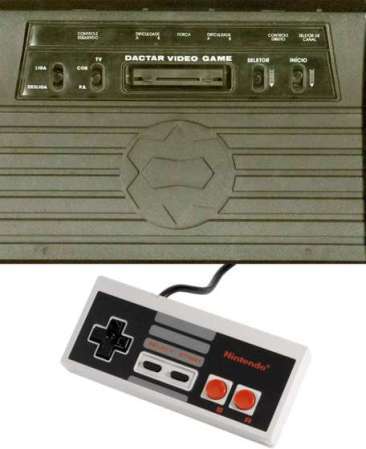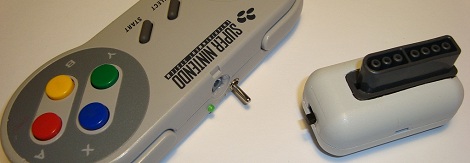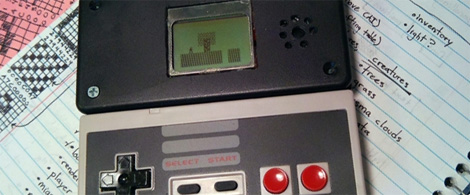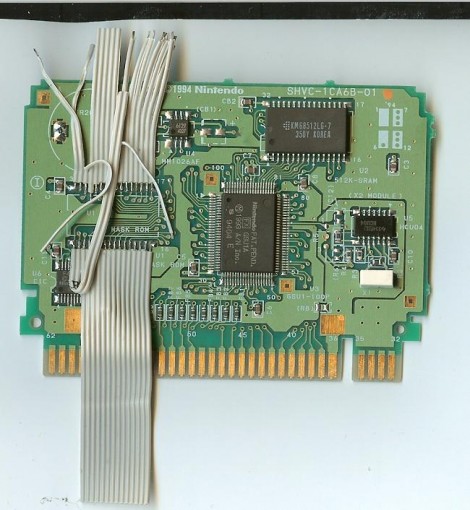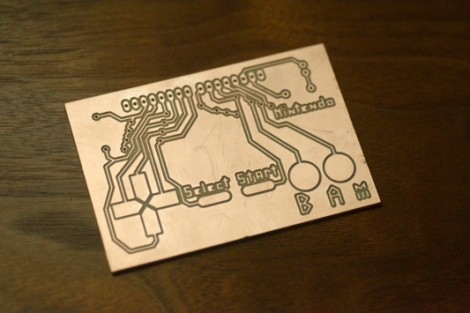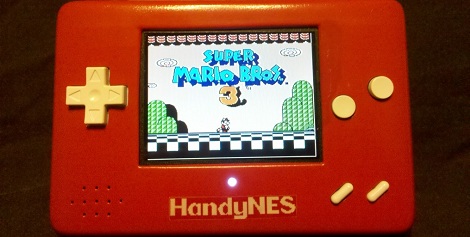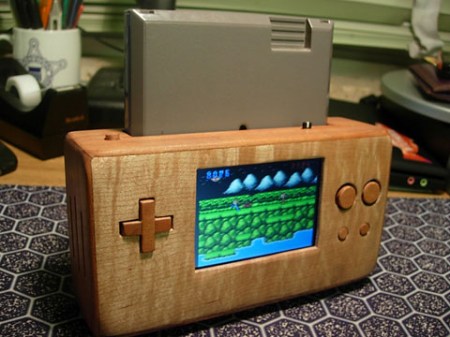
After building a few portable gaming systems, [Parker] wanted to try something a little different than the usual sleek plastic builds. He decided to go with a nice wooden classic NES. He started by gutting a NOAC or Nintendo On A Chip. The NOAC has already done most of the miniaturization for him, so he was mainly focusing on the portability. While this wasn’t the most extreme mod, it wasn’t just a case swap either. He took great pictures of the process of modifying the screen to work and putting everything together. The final product is fantastic looking.
The first comment we thought was, why is the game facing backward? Due to the shape of the NOAC board, he would have had to either add more depth to the case, or extended and flipped the actual cartridge plug to make the game face forward, so we can understand why he left it alone.

